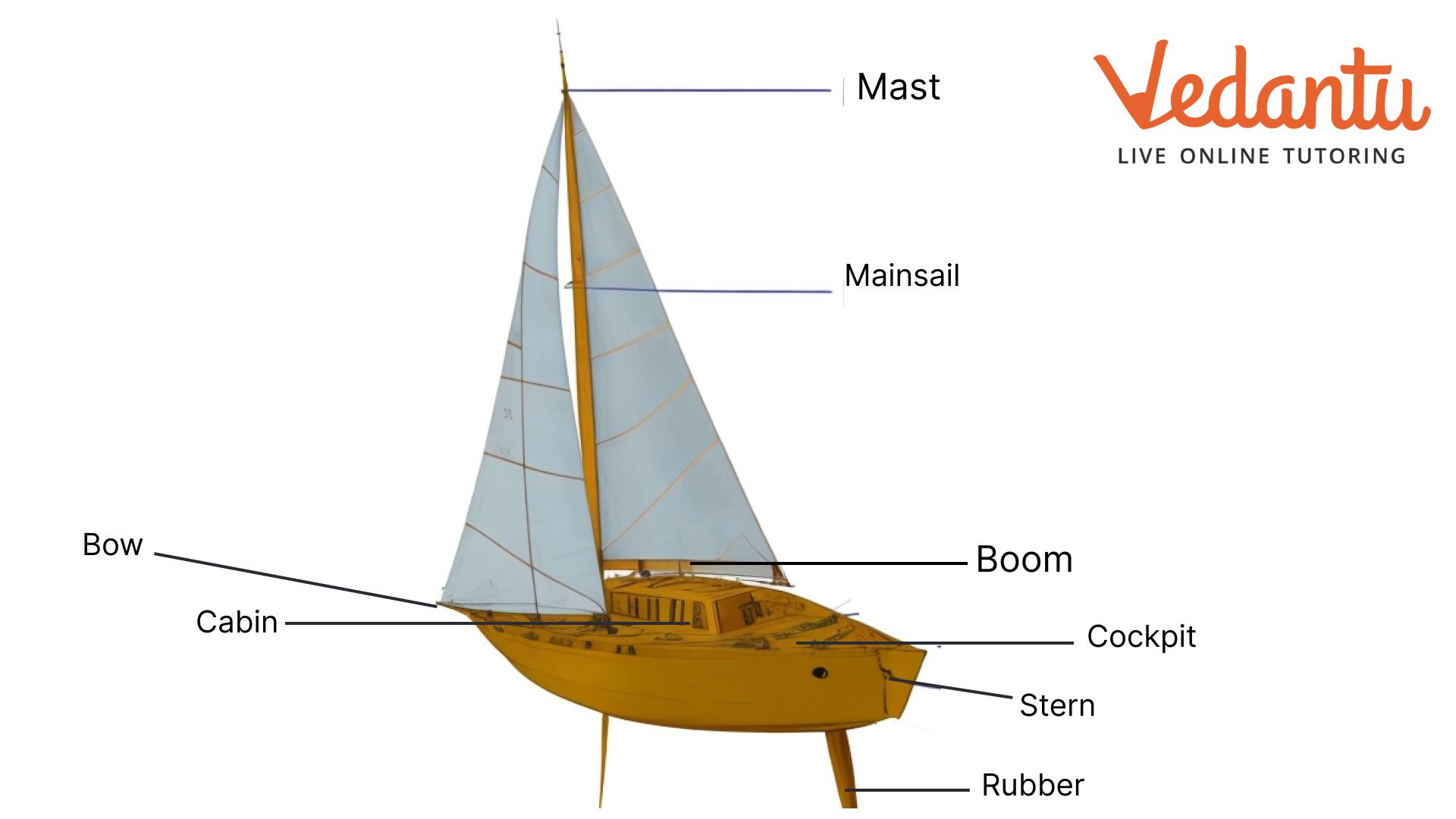Master We Are Not Afraid To Die Class 11 NCERT Solutions With Vedantu's Expert Guidance
FAQs on NCERT Solutions For Class 11 English Hornbill Chapter 2 We Are Not Afraid To Die (2025-26)
1. What are the main themes explored in the chapter We Are Not Afraid To Die?
The chapter explores themes of courage, family unity, determination, and human resilience in face of life-threatening situations. The narrator's family shows extraordinary bravery during their oceanic voyage when their boat encounters a severe storm, demonstrating how people can overcome fear through mutual support and unwavering hope.
2. How do NCERT Solutions for Class 11 English Chapter 2 help students understand the story better?
NCERT Solutions provide comprehensive explanations for all textbook questions, breaking down complex themes and character motivations in simple language.
The story contains deep philosophical elements about courage and survival that require careful analysis.
3. What role do the children play in the family's survival during the storm?
The children, Jonathan and Suzanne, display remarkable courage and maturity during the crisis. Despite being injured and frightened, they remain optimistic and supportive, with Suzanne even expressing confidence that her father will handle the situation, showing how their bravery strengthens the family's collective will to survive.
4. Can students access we are not afraid to die NCERT PDF for free download?
Students can download the Free PDF of NCERT Solutions for this chapter from educational platforms like Vedantu without any charges.
Free access ensures all students can study quality solutions regardless of their economic background.
5. Why does the narrator decide to continue the voyage despite the dangerous weather warnings?
The narrator chooses to continue because he wants to duplicate Captain James Cook's historic voyage and fulfill his dream of sailing around the world. His determination and adventurous spirit drive him to take calculated risks, though he underestimates the severity of the challenges ahead.
6. What types of questions are covered in Class 11 English Chapter 2 question answers?
The question bank includes extract-based MCQs, short answer questions, and long descriptive answers covering all story elements.
Different question types test various skills from comprehension to critical analysis and creative expression.
7. How does the narrator's wife Mary contribute to the family's survival?
Mary plays a crucial supportive role by managing the children's fear, helping with repairs, and maintaining calm during the crisis. Her strength and composure provide emotional stability to the family, while her practical assistance with tasks like pumping water shows her active contribution to their survival efforts.
8. What makes the we are not afraid to die questions and answers Class 11 solutions comprehensive for exam preparation?
Solutions provide model answers aligned with CBSE marking schemes, covering all important textual and inferential questions systematically.
Comprehensive coverage ensures students don't miss any important aspects during revision.
Solutions include character sketches, theme analysis, summary writing, and extract explanations with relevant quotes and examples from the text.
9. What is the significance of the title We Are Not Afraid To Die?
The title reflects the family's collective courage and determination to face death without fear during their life-threatening oceanic experience. It captures their spirit of resilience, unity, and hope that enables them to fight against overwhelming natural forces and emerge victorious against all odds.
10. How do the chapter's moral values relate to real-life situations for students?
The story demonstrates how courage, family support, and positive thinking help overcome seemingly impossible challenges in life.
These values are applicable to academic pressures, personal difficulties, and future professional challenges students will face.


























